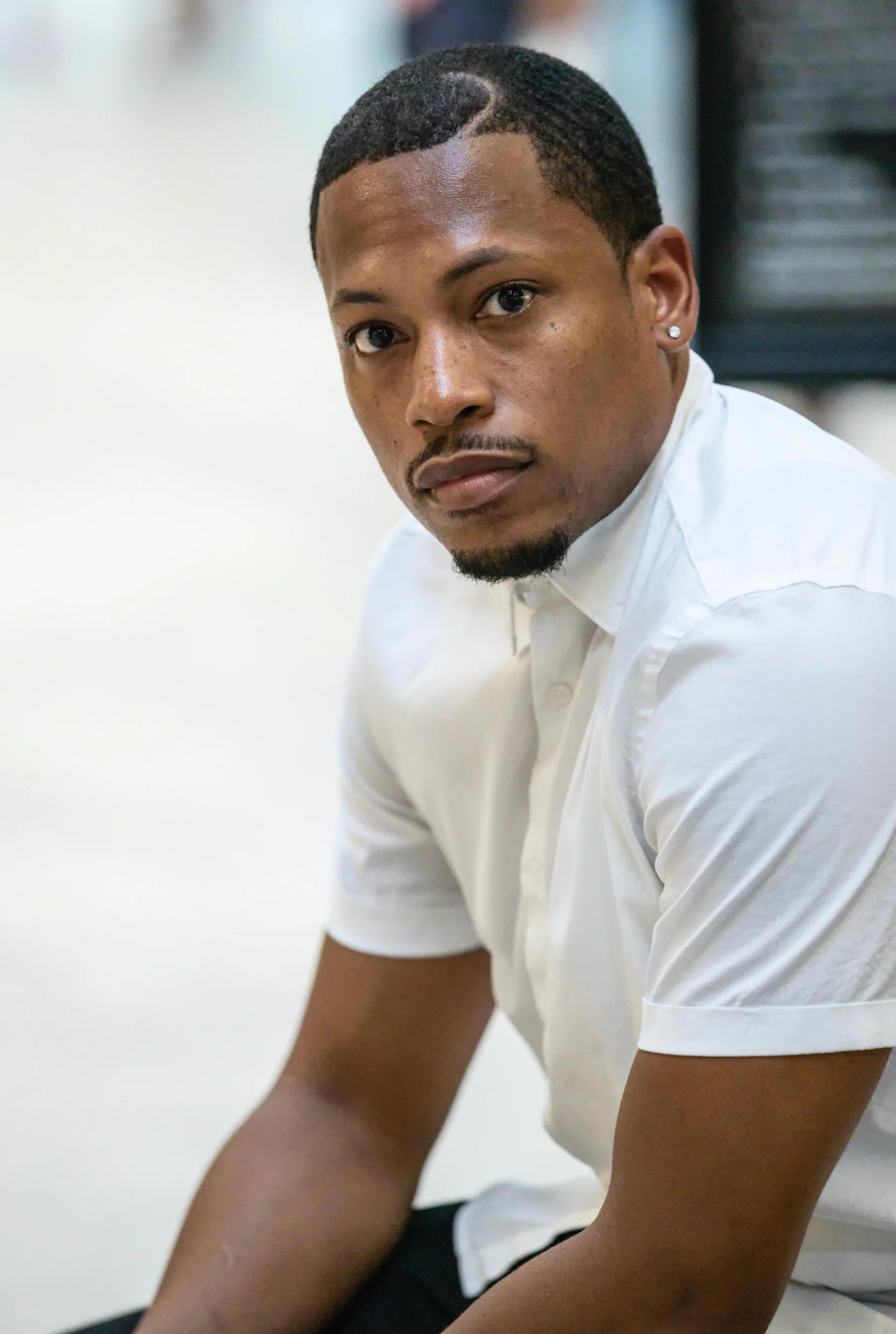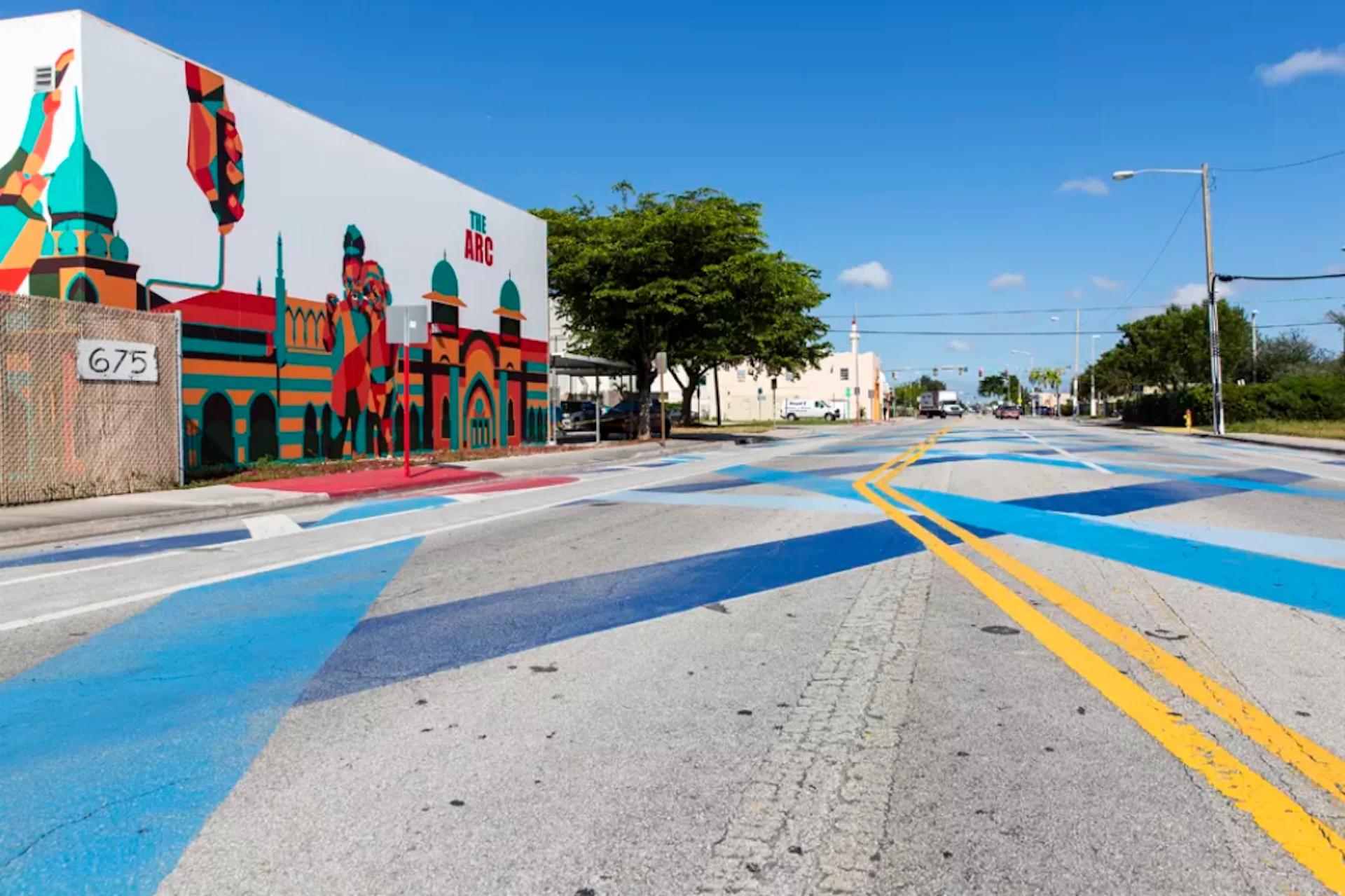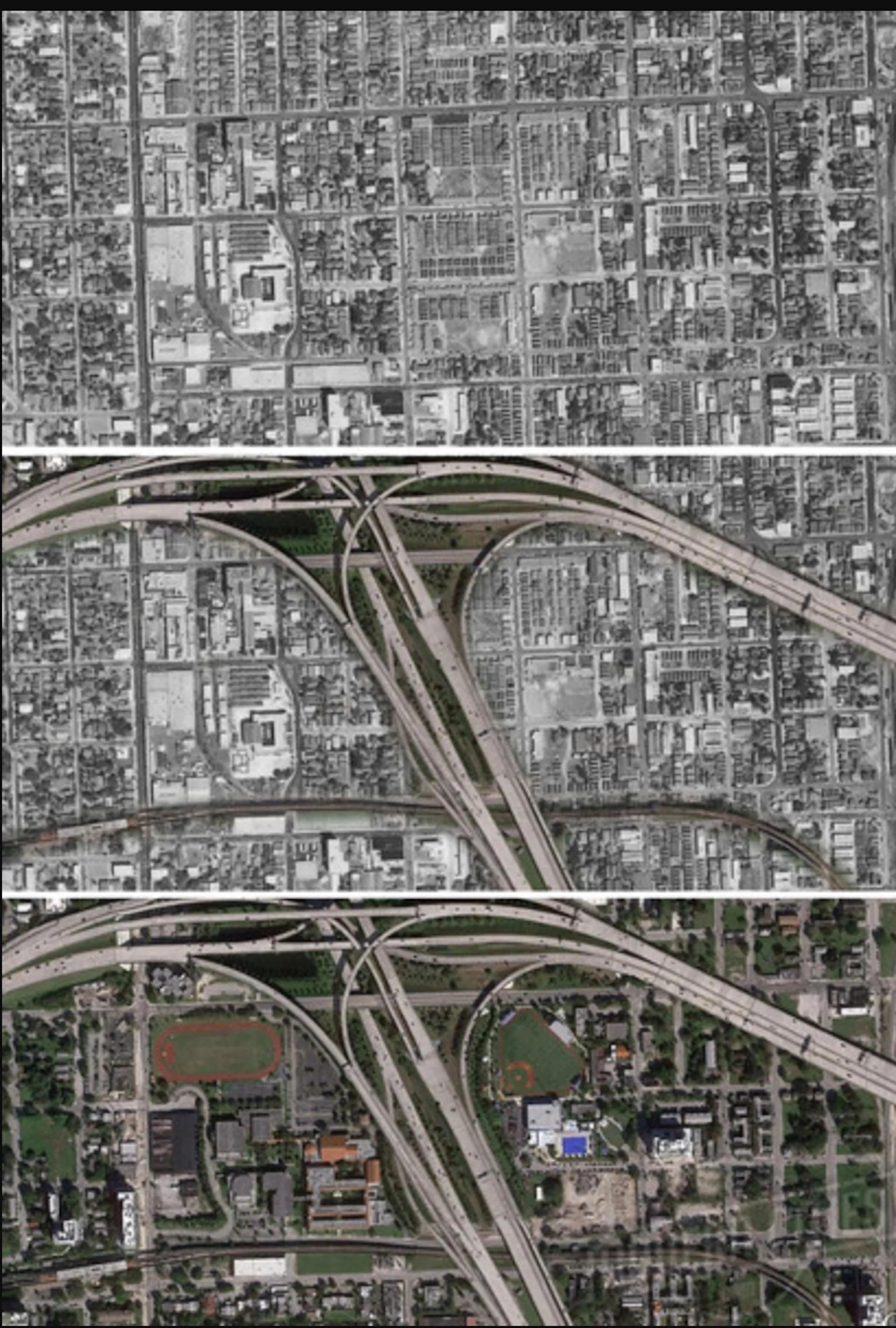SPOTLIGHT: AMERICA(S) NOVEMBER 13 2020
by Anna Carnick
A conversation with the powerhouse behind Miami’s Studio Barnes

GERMANE BARNES
In the American Design Stories series, we ask designers from across the Americas to share their insights on American design today, along with three images that represent their vision of American design.
For our latest installment, we spoke with Miami-based architect, artist, educator, and urban designer Germane Barnes. Known for community-minded works that uplift, challenge, and inspire, Barnes’ practice and research explore architecture and design as a tool for social and political change.
Design Miami/What makes your American story unique?
Germane Barnes/I don’t know if my story is unique. I was born in a two-parent household; both parents were working class that did well enough to financially be classified as middle class, maybe even lower (upper) middle class. I attended the top schools in the state of Illinois. I played sports and had quite a few extra-curricular responsibilities. But I’m also Black. Also, born in the Garfield Park area of Chicago and moved to the Austin neighborhood. Also hood rich (iykyk). Also told I would never become an architect, and that I should abandon the field in undergrad. Also, falsely accused of plagiarism in undergrad, and, as a result, rejected from many graduate schools. Now I have a practice and I’m a professor. I don’t know what you would call this type of story.

THE ARTS & RECREATION CENTER OF OPA-LOCKA, FLORIDA, FEATURING A MURAL BY LEKAN JEYIFO
The Arts & Recreation Center of Opa-Locka, Florida, featuring a mural by Lekan Jeyifo, and a volunteer-painted stretch of Ali Baba Avenue, designed by Walter Hood. Both are part of a neighborhood revitalization project led by Barnes. "...Architecture can speak to and touch people and change things, regardless of what academia or what the old guard may want you to believe," Barnes has said
DM/What American stories are you telling with your work?
GB/I tell the stories of a specific group of American Black people. The Black people who are forced to code switch. The Black people that are bussed from one side of town to the “nicer” side of town because they have better schools. The Black people who are considered approachable and articulate—neither are compliments by the way. The Black people who are talented but didn’t attend an ivy league school. The Black people from the hoods of America who are often forgotten, abused, and ridiculed. Those are my favorite stories to tell.
DM/What identity obstacles do you face in your work?
GB/Racism and tokenism.

STOWAGE PLAN FOR THE BRITISH SLAVE SHIP BROOKES
Stowage plan for the British slave ship Brookes. Barnes notes, "This is a historic image of how humans were used as a unit of measurement in the design of slave ships." Image from the United States Library of Congress's Prints and Photographs Division, and part of the Public Domain
DM/Do you feel a sense of responsibility to use your platform as a designer in a particular way?
GB/Absolutely. My entire existence is so rare in architecture and design. I have a duty to the profession and to my race to open as many pipelines as possible for those that come after me. I stand on the shoulders of so many activists, mothers, fathers, daughters, sons, etc. I have to remind myself that architecture and design have categorically failed at telling their stories. With my platform, I have to.

THE TRANSFORMATION OF THE OVERTOWN NEIGHBORHOOD—ONCE KNOWN AS COLORED TOWN—IN DOWNTOWN MIAMI, FLORIDA, BEFORE AND AFTER THE INSERTION OF THE I-95/I-395 INTERCHANGE IN THE 1960S
DM/Where do you look for joy or optimism?
GB/My family is my optimism. I’m the youngest sibling, so my older sisters and brother protected me and nurtured me. I wouldn’t be here without them. They have NO clue what I do for a living, but they associate with the narratives because it’s their narrative—just told through design instead of word-of-mouth.
DM/And inspiration?
GB/I tend to listen to a lot of music—rap / hip-hop music specifically. I do my best design work when I’m in a zone musically. Hip-hop is America, and it sets the culture for America. It’s only right that a kid from Chicago’s spinach is this musical genre.
DM/Do you have a personal mantra?
GB/If it’s under my control, why worry? If it’s not under my control, why worry? Also, haircut day is a personal holiday of mine.
DM/Thank you, Germane! ◆
Germane Barnes’ practice examines how the built environment influences black domesticity. Among other career highlights, his work is included in the upcoming MoMA exhibition Reconstructions: Architecture and Blackness in America, and his designWater Park | Water Markswas recently announced as a finalist for the 2020 Miami Design District Annual Commission.
Inspired by the 2020 Design Miami/ Podium theme America(s)—and all the complexities that go along with it, especially in this moment—Anna Carnick and Wava Carpenter ofAnava Projectsconnected with a selection of outstanding designers with personal ties to the Americas to get their take on “American” design today. Their responses were insightful, inspiring, and diverse: From thoughts on the most pressing issues and challenges facing designers now, to hopes and suggestions for a more equitable future, and reflections on their own American design journeys to date. Each story is accompanied by images provided by the designer that embody what America(s) or American design means to them.